
Philadelphia is well known as a city of neighborhoods. Walk a half-mile down the block and everything changes; the faces, the shops, the streets themselves are different. Photographer Jeffrey Stockbridge, who lives in the city, says that there is one neighborhood of which many Philadelphians are only vaguely aware: Kensington, in the city’s northeast, an area with high poverty and crime rates. Stockbridge has been photographing the denizens of Kensington and recording their stories since the winter of 2008, as part of a long-term project that he hopes to conclude this summer.
Stockbridge had been working on a project documenting the interiors of abandoned houses in Philadelphia when he first met the people who would become the subjects of the current project, the people who spend their days hanging out on Kensington Avenue. “I met some very interesting individuals that I had originally shied away from,” he says. “I just began going to the Avenue with my camera and photographs from my previous projects and introducing myself to people and talking to them about the avenue, and that’s when I started to get a sense of the environment.”
With both portraits and environmental photography, Stockbridge aims to capture the sense that a neighborhood like Kensington unites people, for better or worse, through the harsh realities of everyday life.
And Stockbridge says he has found that the people of Kensington are eager to share their stories. “The people I photograph are not trying to hide anything,” he says. “They know that everyone looking at them knows what they’re doing, whether they’re working as a prostitute or they’re selling drugs or they’re an addict.” And in the years he has been photographing them, Stockbridge has become much more comfortable on the Avenue—and the Avenue has become comfortable with him. People approach him when he shows up with a camera. “They usually ask me if I can take their picture too,” he says, “and say, ‘well, I got a story too.’”
One of the stories that “hits the nail on the head,” in Stockbridge’s words, is that of the two sisters “Tic-Tac and Tootsie,” pictured in the gallery above. The photographer says that the similarities and differences between the twins—the echoed hunches of their shoulders, the slight smile on only one face—highlight the contrasts inherent in life on the Avenue. The people in his photographs struggle and survive.
The project is the photographer’s first experience with pairing audio and visual recordings—both of which can be seen on the blog he maintains for the project—and he has also begun asking his subjects to write in a journal that he hopes to display alongside their photographs. He says that the collective history, as written and told by the residents of Kensington, is a necessary counterpart to his desire to use available light and chance meetings to communicate something about the human condition. Although the project now feels almost finished to Stockbridge, he says that it’s a topic that one could photograph forever—and that he may return, in a decade or so to see what has or hasn’t changed. “Every week there’s new people on the avenue,” he says.
And those people will, undoubtedly, have their own stories to tell, in their own voices. “I’m really just trying to show,” says Stockbridge. “I’m not trying to define. I’m just trying to say: ‘look.’”
Jeffrey Stockbridge is a Philadelphia-based photographer. See more of his work here.
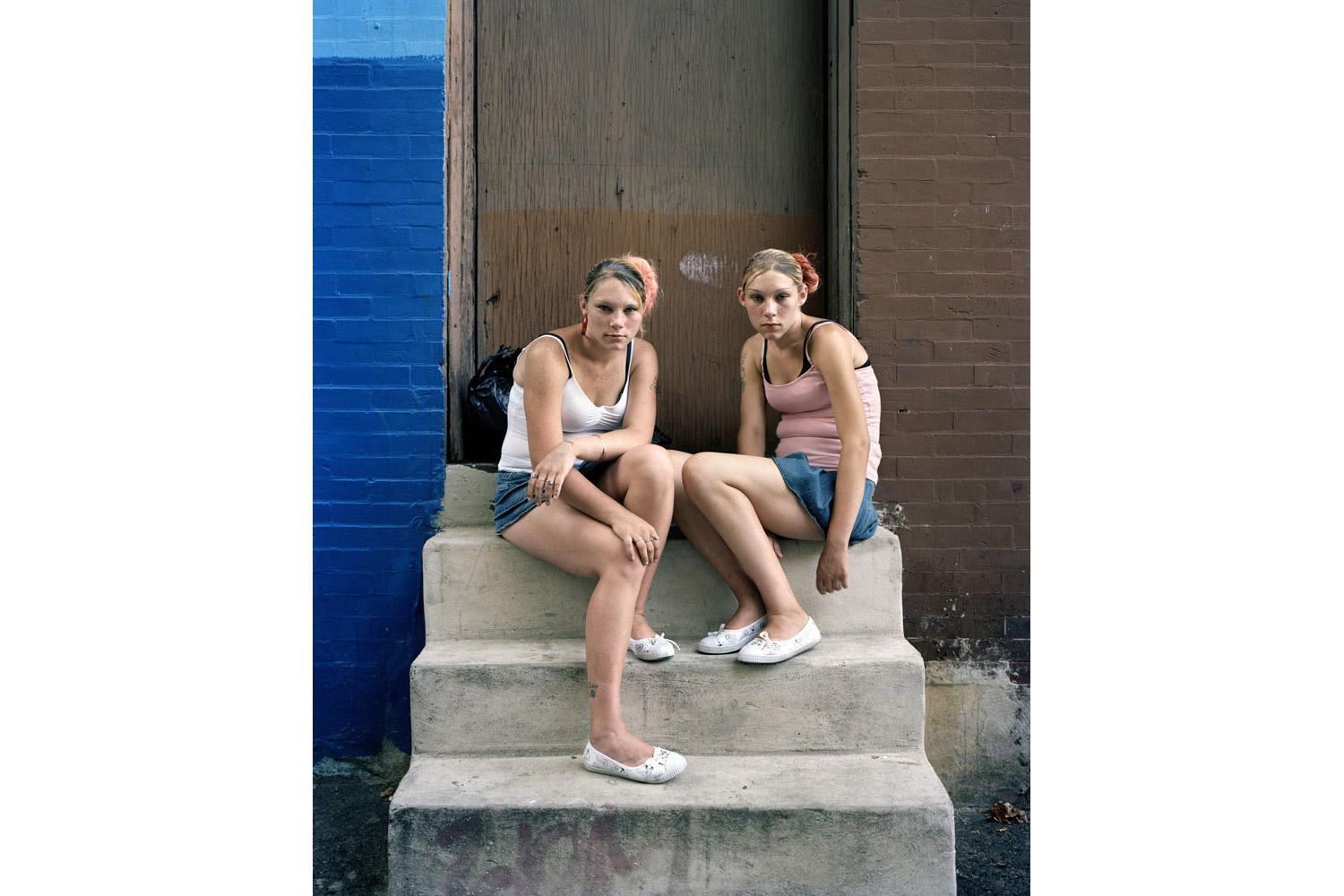
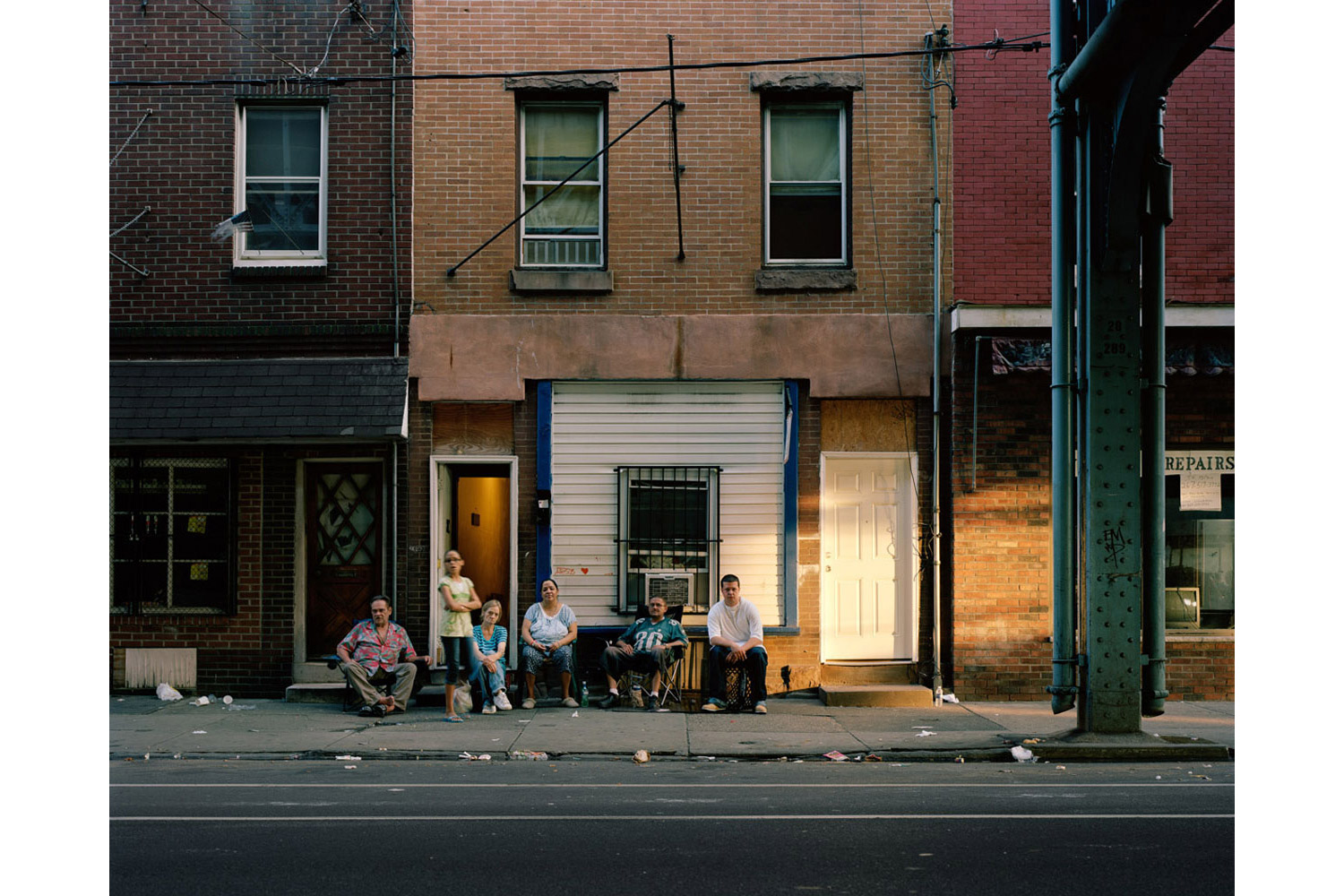


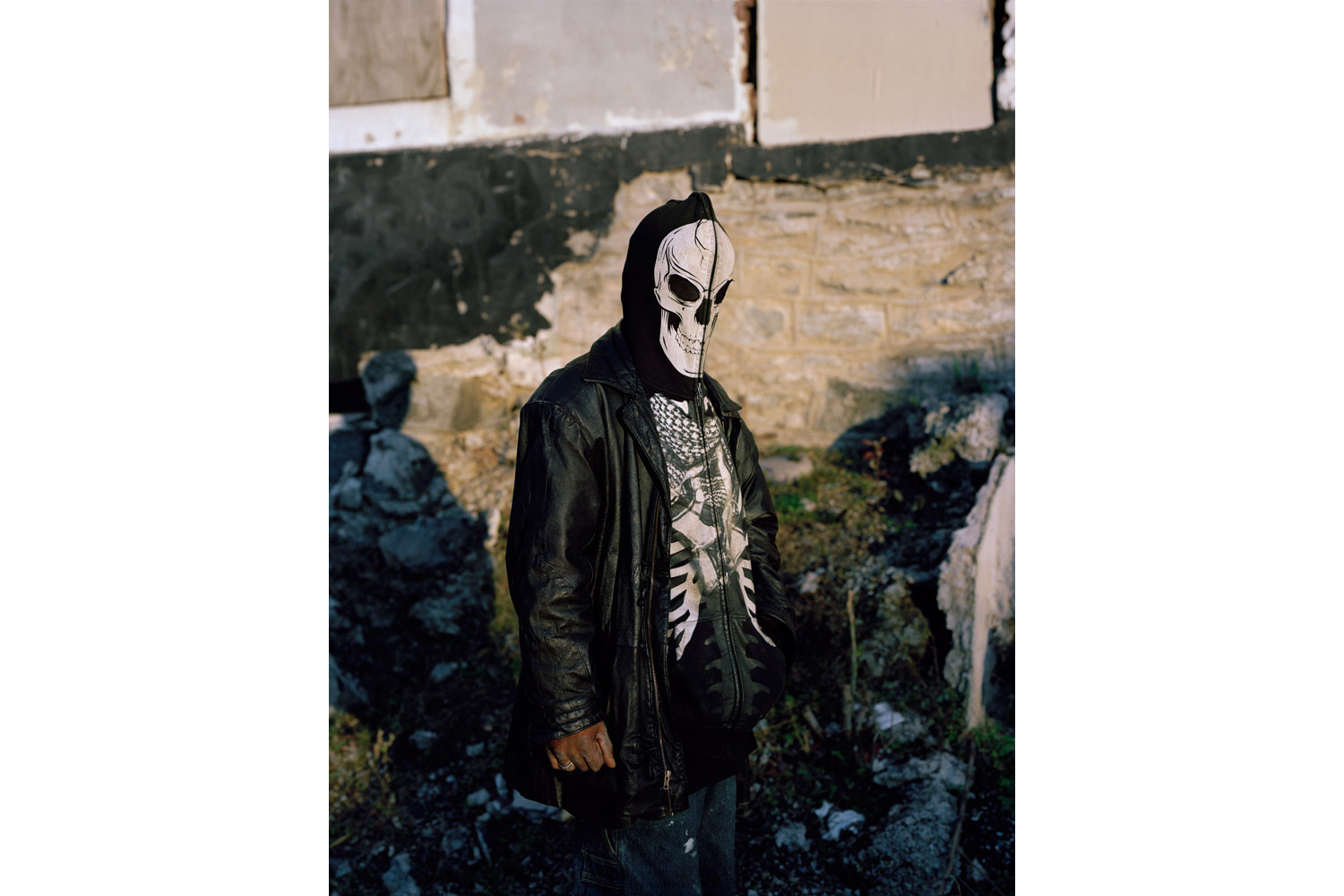


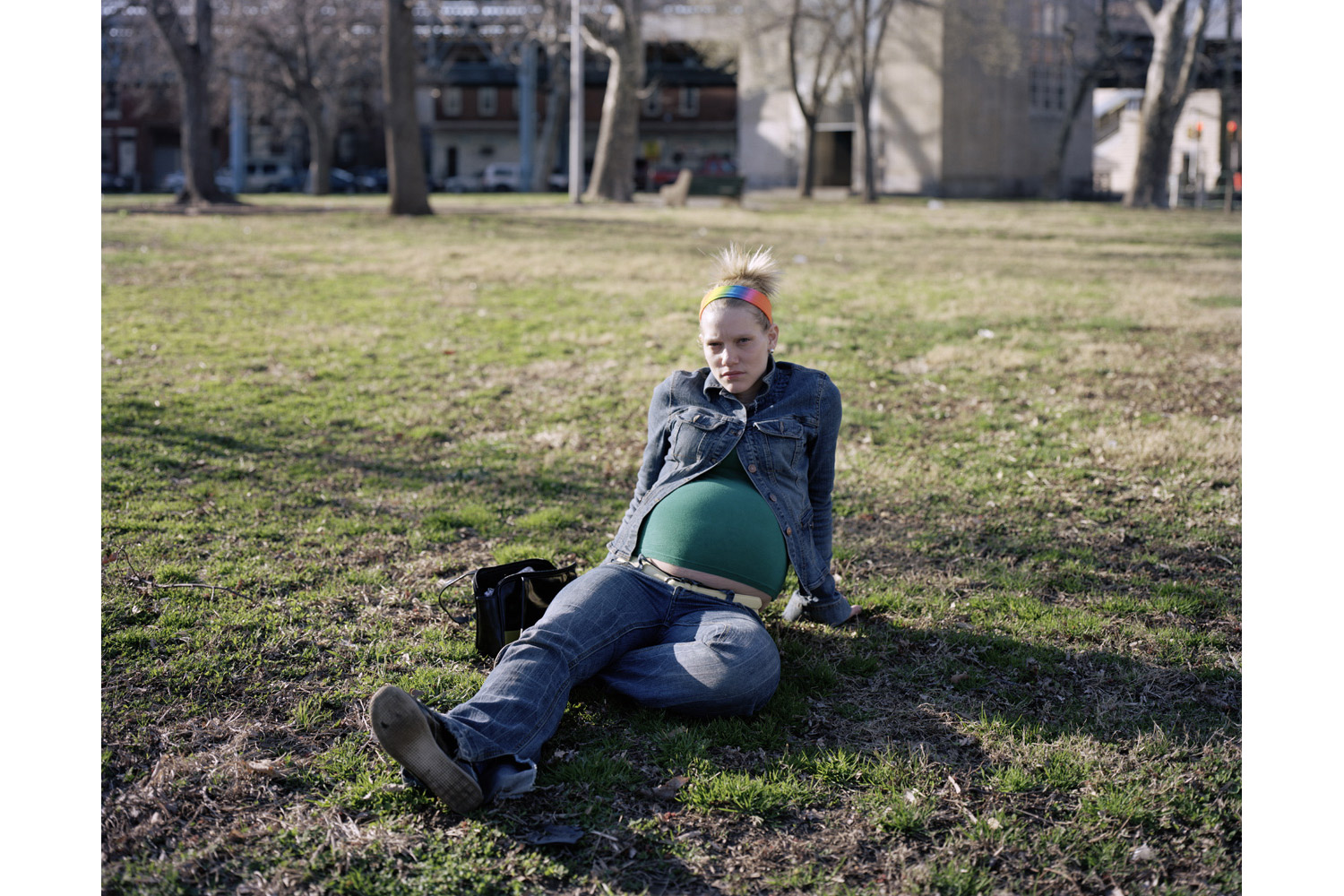
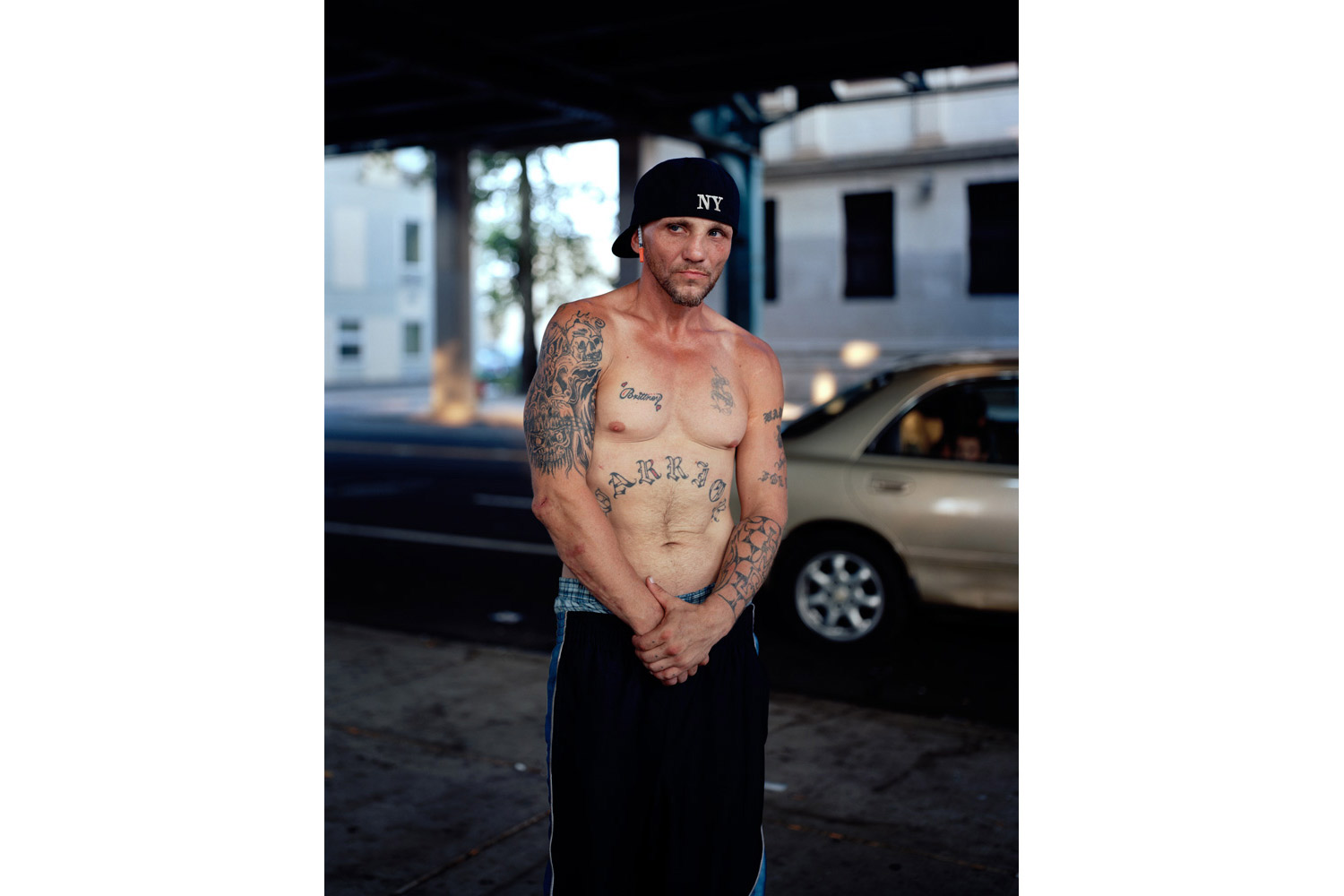

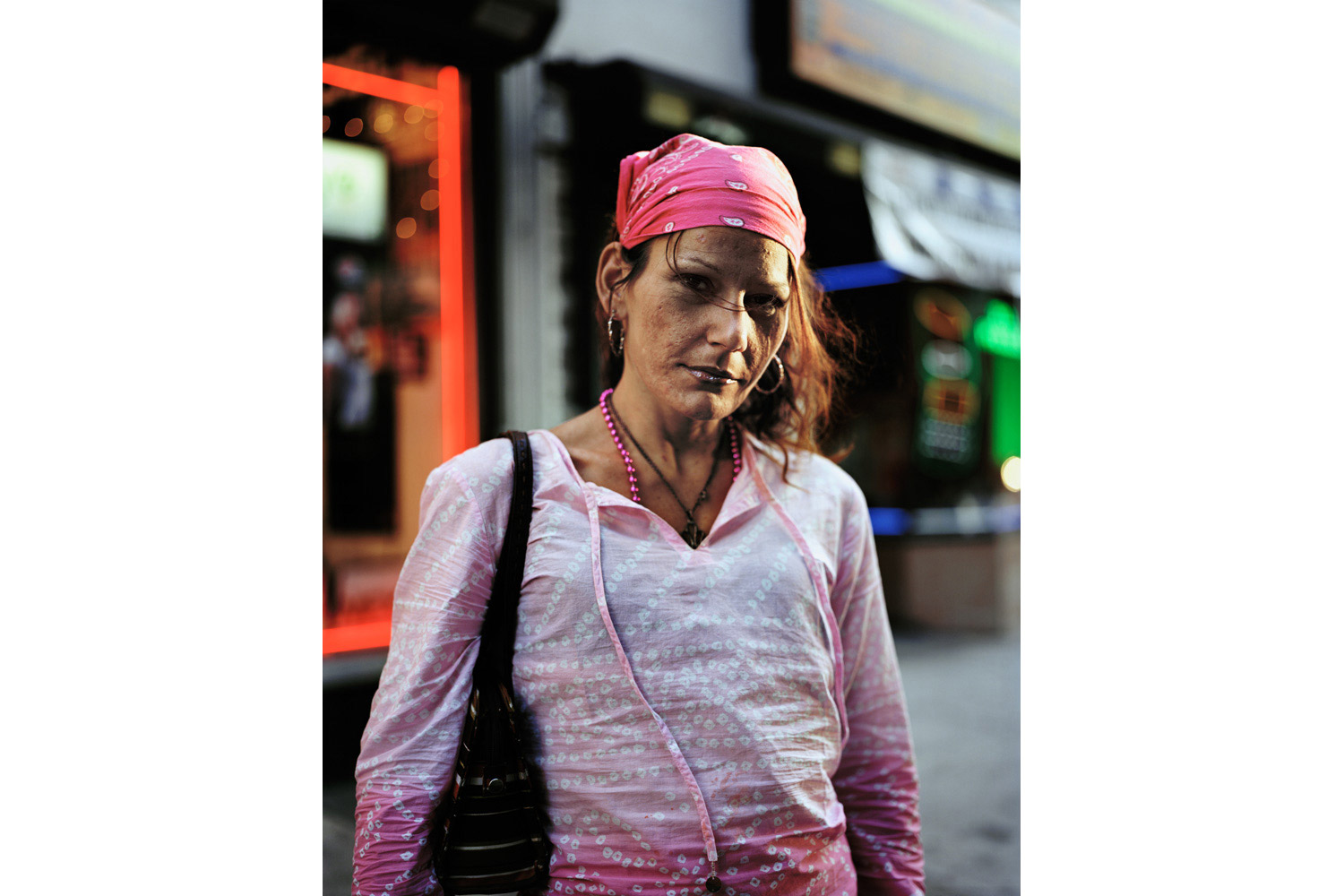

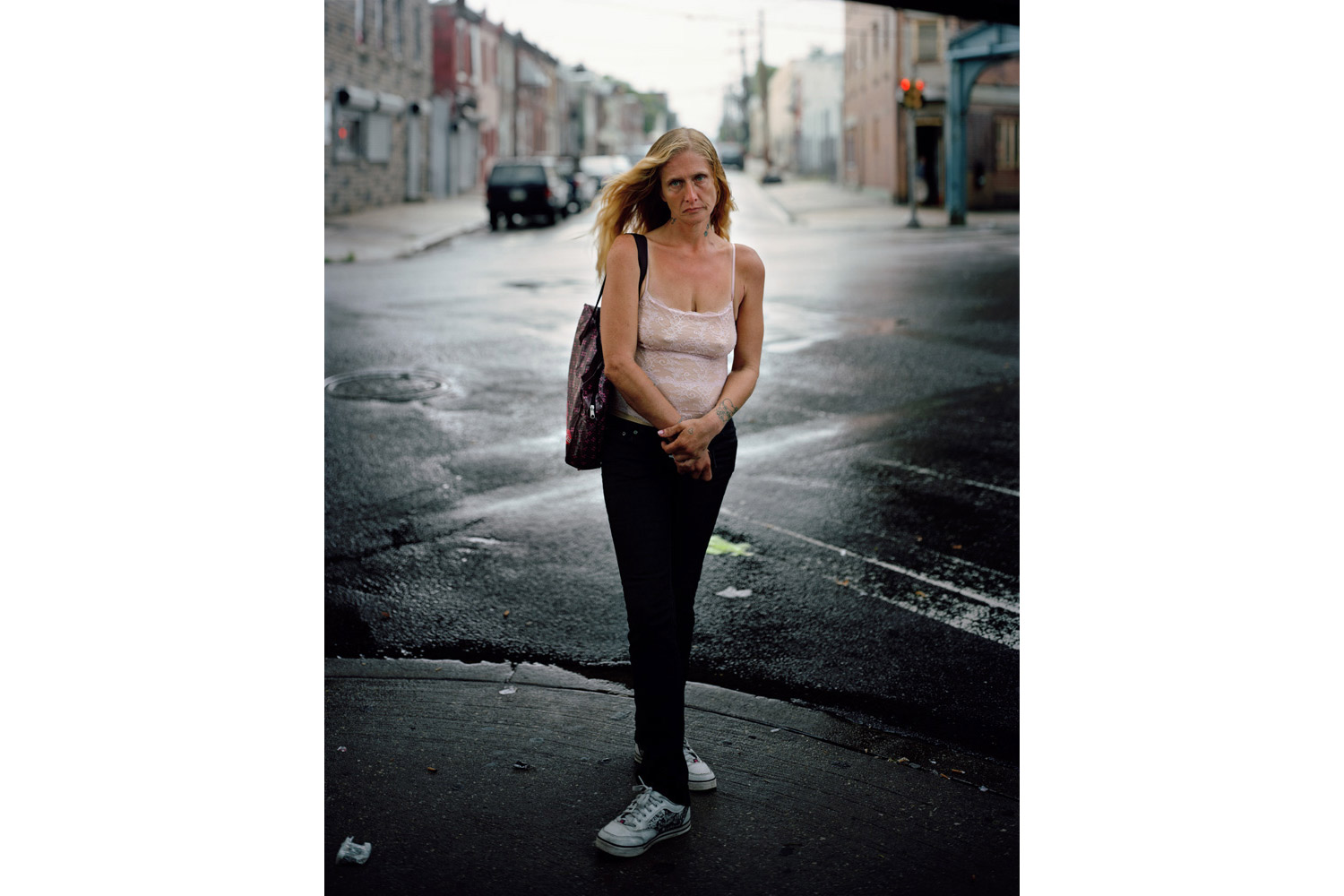

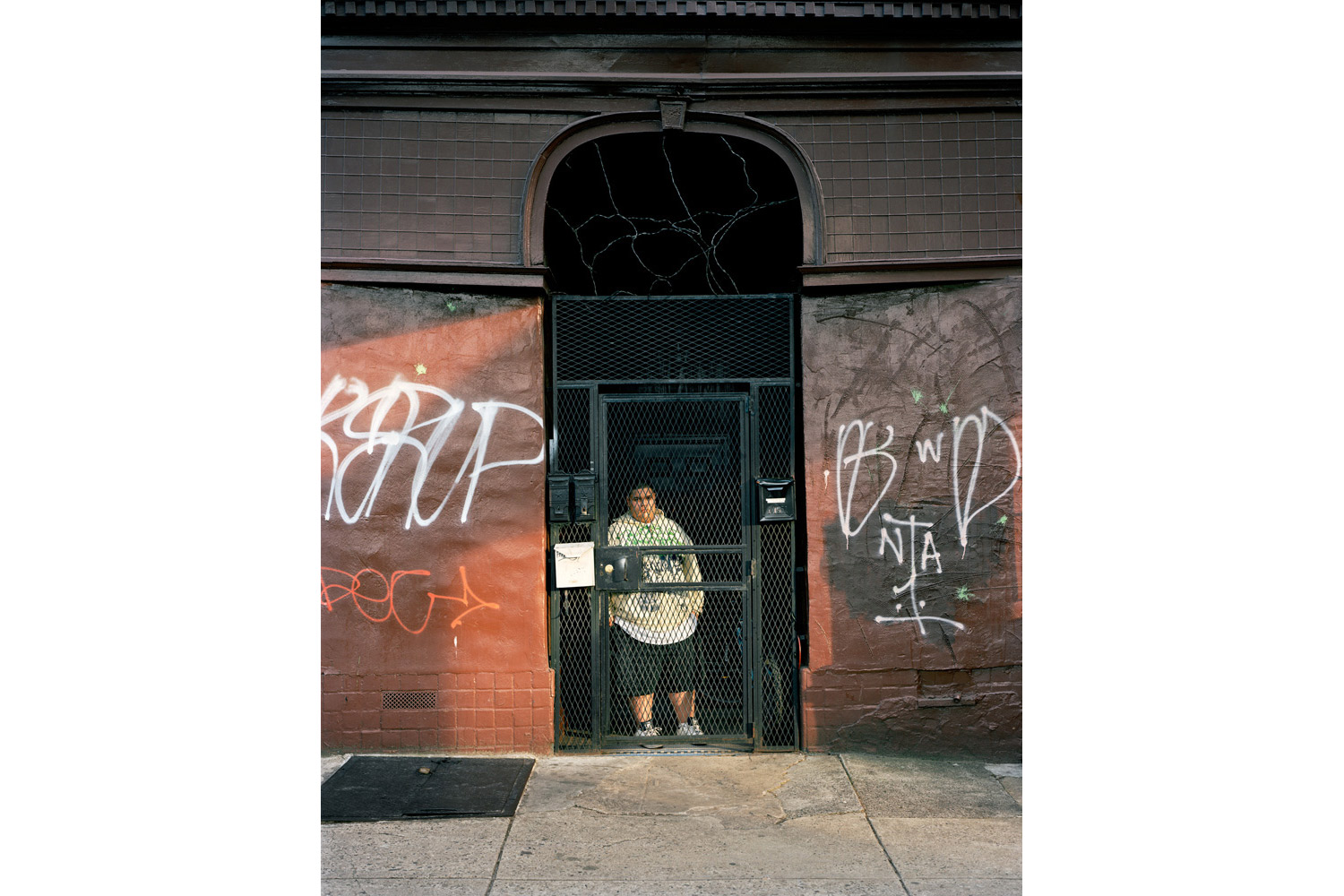
More Must-Reads from TIME
- Donald Trump Is TIME's 2024 Person of the Year
- Why We Chose Trump as Person of the Year
- Is Intermittent Fasting Good or Bad for You?
- The 100 Must-Read Books of 2024
- The 20 Best Christmas TV Episodes
- Column: If Optimism Feels Ridiculous Now, Try Hope
- The Future of Climate Action Is Trade Policy
- Merle Bombardieri Is Helping People Make the Baby Decision
Write to Lily Rothman at lily.rothman@time.com